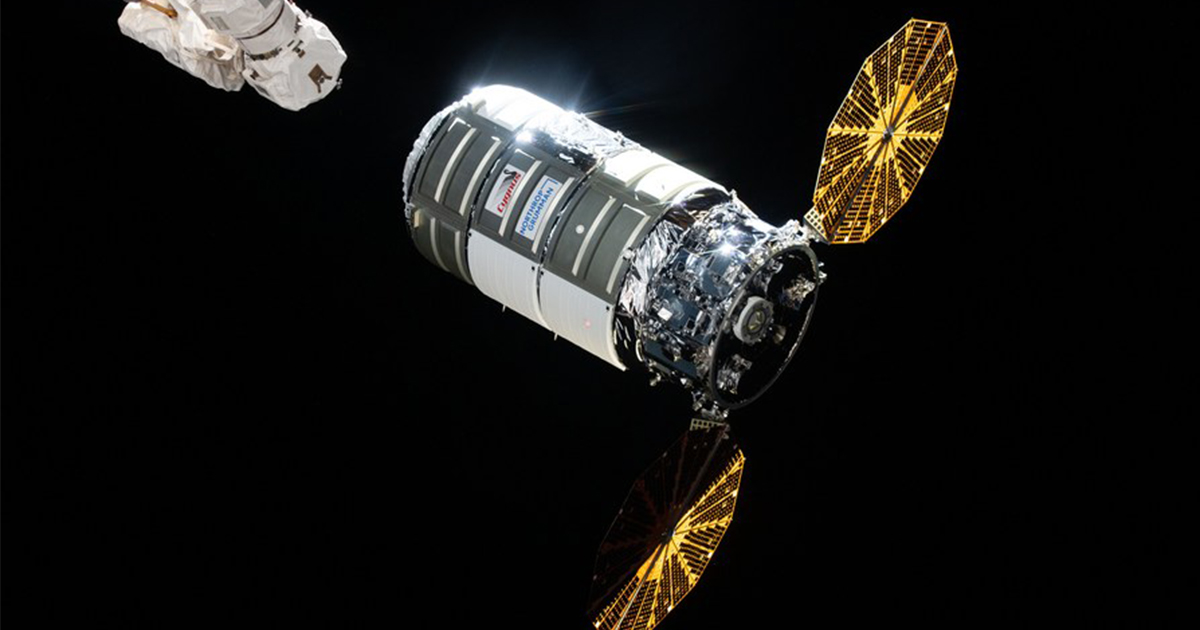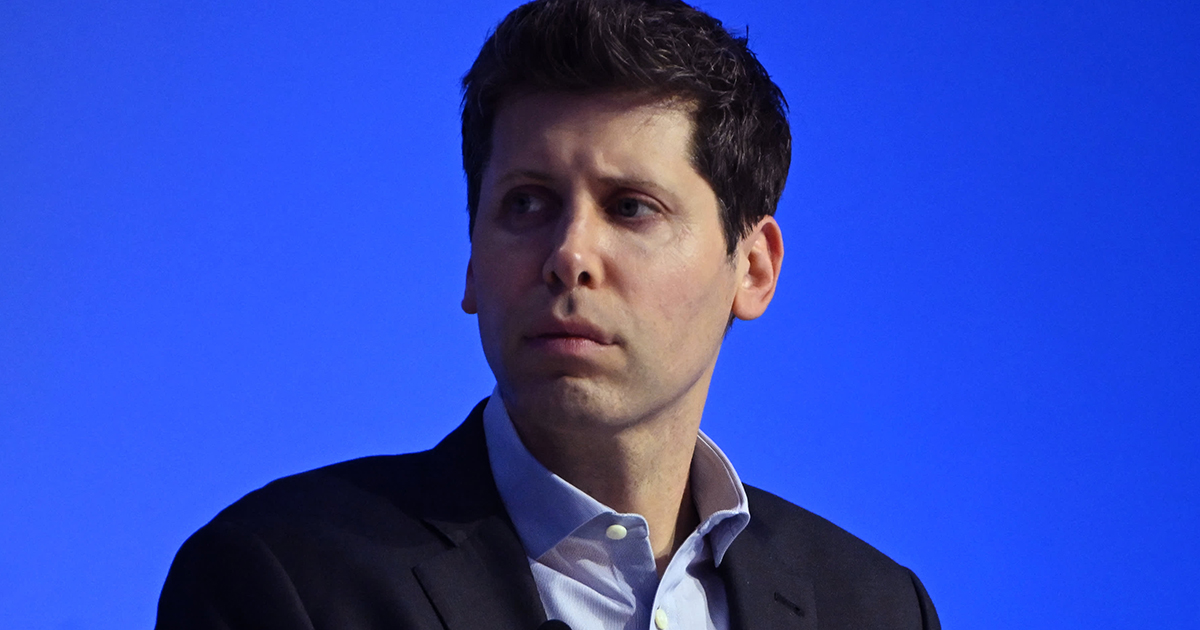SpaceX and Northrop Grumman Launch a New Era of Resupply Missions to the ISS
Image credit: NASA SCIENCE & TECHNOLOGY Last Updated: February 01, 2024, 7:41 AM IST. SpaceX and Northrop Grumman Launch a New Era of Resupply Missions to the ISS On January 30, Los Angeles witnessed a significant event as Northrop Grumman successfully launched its 20th resupply mission for NASA. A Cygnus cargo spacecraft, packed with over 8,200 pounds of scientific equipment and supplies, took off from Cape Canaveral Space Force Station in Florida at 12:07 p.m. Eastern Time, embarked on a journey to the International Space Station (ISS). This launch marks a notable collaboration between Northrop Grumman and SpaceX, with the latter’s Falcon 9 rocket propelling the mission. The Cygnus spacecraft, named in honor of Patty Hilliard Robertson, a NASA astronaut who tragically passed in a plane crash in 2001, is set to dock with the ISS early on Thursday morning, February 1. The vehicle carries not only essential supplies but also groundbreaking scientific experiments, including a cartilage-growing project and a European Space Agency initiative focused on 3D metal printing in microgravity. These experiments hold the potential to revolutionize medical treatments on Earth and advance our understanding of manufacturing in space. Significantly, this mission represents the first time SpaceX has been involved in launching the Cygnus spacecraft, with the previous 19 missions having used Antares or Atlas V rockets. The Falcon 9 rocket, integral to this mission, achieved a milestone by successfully completing its 10th launch and landing, underscoring SpaceX’s commitment to reusability and cost-effectiveness in space missions. After approximately six months docked at the ISS, the Cygnus will undertake a return journey, ultimately disintegrating harmlessly in Earth’s atmosphere. However, even in its final moments, the spacecraft will contribute valuable data through the Kentucky Re-entry Probe Experiment-2, aimed at enhancing thermal protection systems for spacecraft re-entering the Earth’s atmosphere. This mission highlights the continuous efforts and collaboration between organizations like NASA, Northrop Grumman, and SpaceX, aiming to advance our capabilities in space exploration and scientific research. The integration of innovation, dedication, and international cooperation paves the way for a future where the mysteries of space can be further unraveled for the benefit of all humankind. Latest News Science & Tech SpaceX and Northrop Grumman Launch a New Era of Resupply Missions to the ISS February 1, 2024 // Science & Tech // Entertainment February 2024: Upcoming Films and Web Series Release Dates February 1, 2024 // Entertainment // India Budget 2024: A Game-Changer for India’s Online Gaming Arena January 31, 2024 // India // Science & Tech Journey to Jupiter’s Moon: The Europa Clipper Mission. January 31, 2024 // Science & Tech // Business OYO’s Ritesh Agarwal Joins Shark Tank India, Promises to Tackle Investment Delays January 31, 2024 // Business // Science & Technology News SpaceX and Northrop Grumman Launch a New Era of Resupply Missions to the ISS February 1, 2024 Journey to Jupiter’s Moon: The Europa Clipper Mission. January 31, 2024 OpenAI Faces Leadership Turmoil: Sam Altman Steps Down as CEO – What’s Next? November 18, 2023 Cosmic Shockwave: How a Distant Supernova Impacted Earth’s Ozone Layer November 17, 2023 This Week No posts found.
SpaceX and Northrop Grumman Launch a New Era of Resupply Missions to the ISS Read More »



